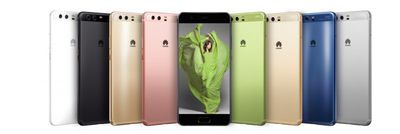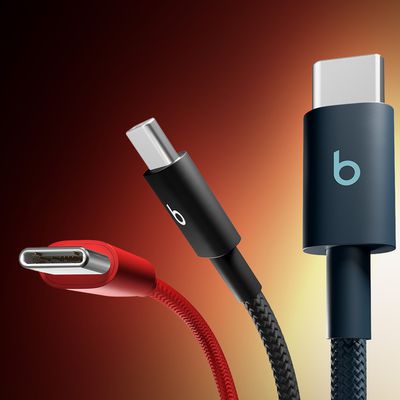The Mobile World Congress 2017 officially opened today in Barcelona, where some of the biggest names in mobile technology gather annually to show off their latest products. With Apple skipping MWC as in previous years and Samsung choosing to delay the announcement of its next flagship phone, this year's event offers a better opportunity for their smaller rivals to hog the limelight.
LG G6
Kicking things off at MWC on Sunday, LG announced the G6, its latest flagship smartphone and the successor to the G5. Dominating the front of the new phone is a 5.7-inch LCD display sporting a resolution of 2880x1440 and an 18:9 aspect ratio – making the screen length double the size of its width – with support for Dolby Vision and HDR10 HDR videos.
The unusual screen ratio allows the G6 to display two 1:1 square photos side by side, something LG was eager to promote as a particular benefit for Instagram users. With the phone's bezels taking up minimal space on the front, the power button and fingerprint sensor sit on the back of the phone below the camera, while a virtual home button is located on the main display.
LG also made much of the resilience of the G6 compared to previous phones. The front is protected by Gorilla Glass 3, while the back is encased in Gorilla Glass 5. Elsewhere, the rear dual-lens camera boasts Gorilla Glass 4. The device is also IP68-certified waterproof.
Other specifications of the LG G6 include a Qualcomm Snapdragon 821 chipset, 4GB RAM and a 3300 mAh battery. The front camera has a 5-megapixel sensor and a 100-degree field of view, while the dual cameras at the back pack 13 megapixels each. No announcement was made regarding pricing or the release date of the handset.
Huawei Watch 2 and Watch 2 Classic

Also at MWC on Sunday, the Chinese mobile maker unveiled the Huawei Watch 2 and Watch 2 Classic. The Watch 2 has a plastic chassis, while the Classic is metal. Both are sportier, bulkier successors of the company's original 2015 Watch, despite both of them having smaller 1.2-inch circular displays than the prior model’s 1.4-inch screen. The Watch 2 includes LTE (a Wi-Fi only one will be available), and both timepieces offer GPS, heart rate sensors, and NFC for Android Pay.
The watches have two buttons and come with microphones and speakers. Huawei says the 420mAh batteries offer up two days of continuous power, which is double what the original version provided. A new, low-power mode also allows the watches to last up to 25 days, but functionality is limited to showing the time and counting steps.
Huawei P10 and P10 Plus
Huawei's two new phones bore the names P10 and P10 Plus. The P10 comes with a 5.1-inch 1920x1080 FHD display, while the larger 5.5-inch P10 Plus has a 1440p IPS display. Both come with a dual-lens 20 megapixel rear camera and a front-facing 12 megapixel camera.

Like LG, Huawei also touted the photography capabilities of its new phones, pointing to the front and rear Leica-made cameras and the advantages of new motion-tracking facial recognition technology for taking portraits. But it was the company's partnership with Pantone that stood out on the day, with the smartphone to launch in eight different colors, including "greenery" and "dazzling blue".
A Huawei Kirin 960 octa-core GPU, 4GB of RAM, 64GB of storage, and a 3,200mAh battery make up the main internals, with the larger 5.5-inch P10 Plus featuring the same specs but with an option for 128GB storage and 6GB RAM. Prices remains unannounced, but neither Huawei phone is expected to become available in the U.S. anytime soon.
As expected, Samsung didn't reveal any details about the successor to its Galaxy S7, allowing its new Galaxy Book and Galaxy Tab S3 tablets to fill stage time at this year's MWC. Samsung did however confirm the official launch date of its Galaxy S8 would be March 29.























